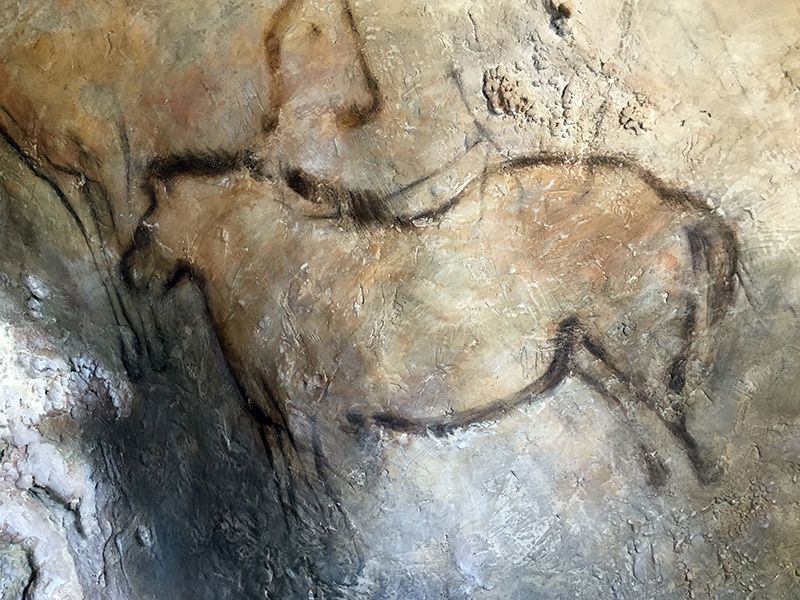About
Cueva de La Peña del Candamo was discovered in modern times in the 1900s and was extensively studied by local archaeologists in the decades before the outbreak of the Spanish Civil War in the 1930s.
The cave houses prehistoric paintings. There are many animals represented here such as auroch, bison, deer, weasels, ibex and, even humans, but the most impressive and intact of all the animals portrayed here is a single caramel-colored horse. The horse, unlike the other paintings, was painted separately and in a more elevated position within the cave. Some archaeologists have suggested that this may indicate that this animal held a particularly strong religious significance for the prehistoric humans who inhabited this cave.
Much later, during the Spanish Civil War, the cave was used as a hideout by partisans of the Republican army who were being hunted by General Franco's fascist troops. Unfortunately, the use of oil lamps and the charcoal and tobacco burned by the guerillas led to the massive deterioration of the cave's historic paintings. Sadly, further damage occurred in the post Civil War period when electricity was installed in the cave in order for curious visitors to see the paintings.
Today, the cave is well protected by the archaeologists who conserve and study the site. Along with the discovery of previously obscure prehistoric paintings and clues to Paleolithic life, the study of the cave has yielded a new species of beetle endemic to the site (found only in the cave).
Know Before You Go
The Cueva de la Peña is open to the public from April 13th to the 21st (Holy Week) and during the summer months (June 15th to September 15th). The cave is closed to visitors on Mondays. There is a daily limit of 45 visitors per day (15 people per shift). Because of the limited admission, it is advised to reach out ahead of your visit.
Published
April 24, 2019




















